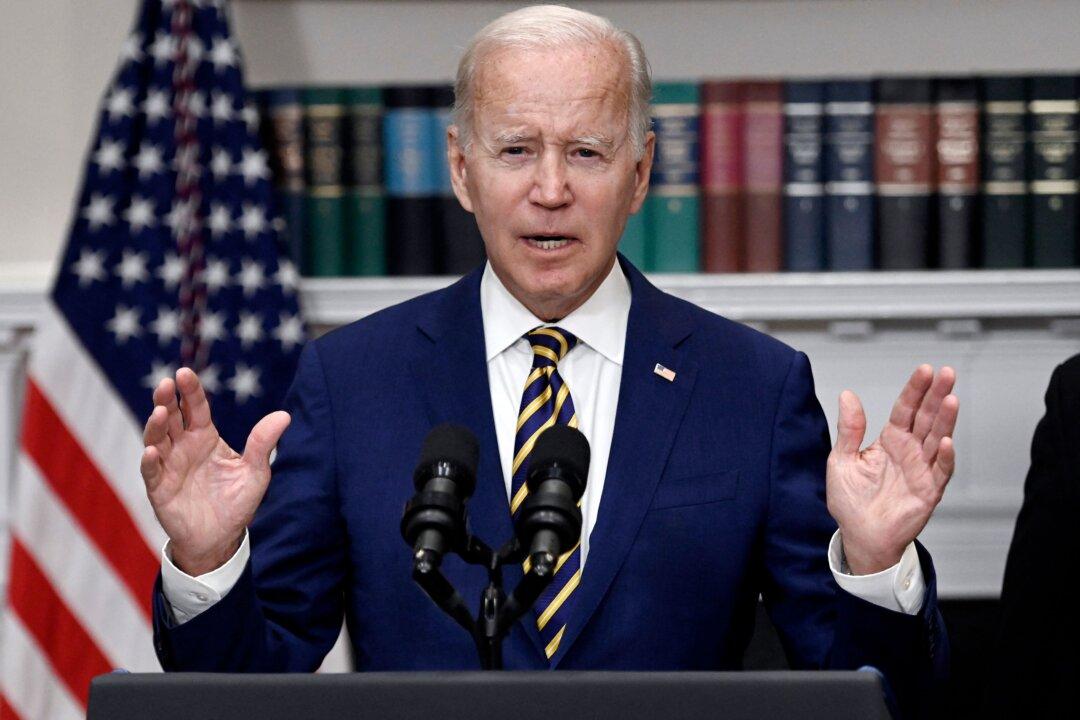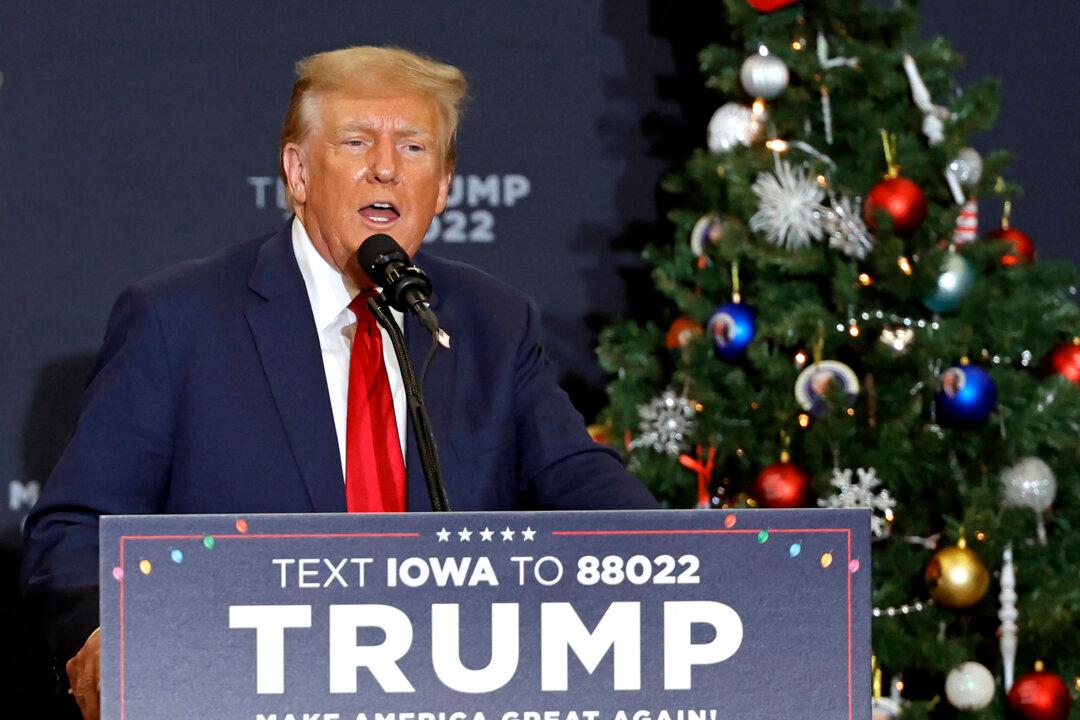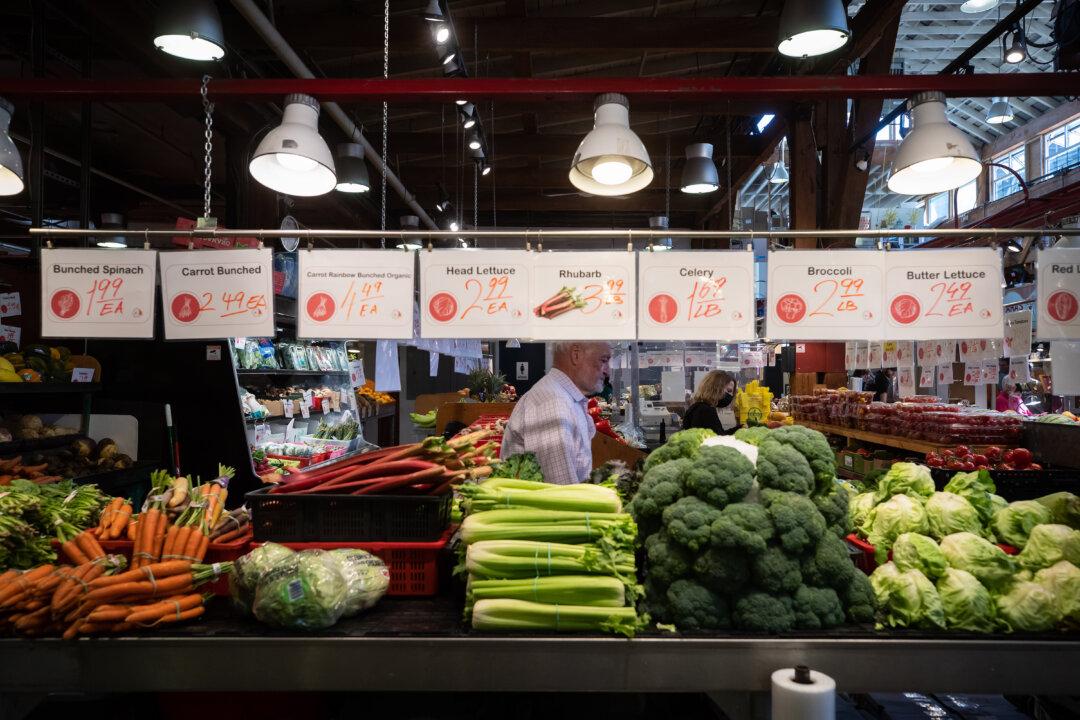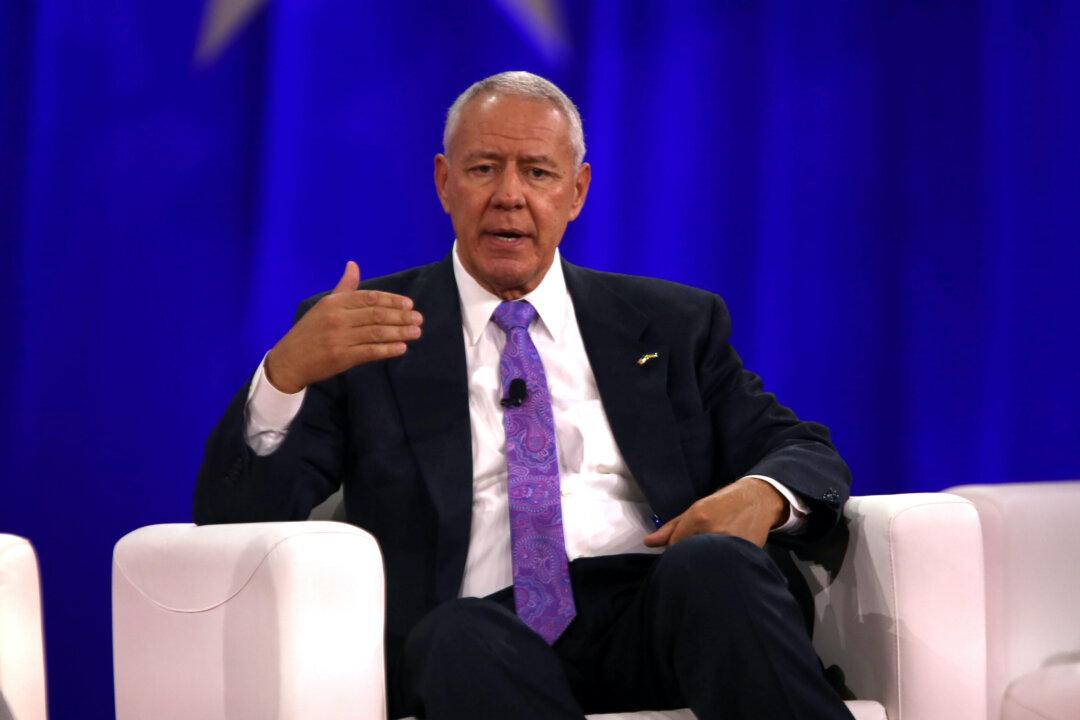News Analysis
The White House’s attack on Republicans for their alleged hypocrisy in taking advantage of the loan forgiveness provisions of the Paycheck Protection Program (PPP) while opposing President Joe Biden’s student loan forgiveness for to up to 43 million Americans is highly misguided, according to a GOP lawmaker and experts.





